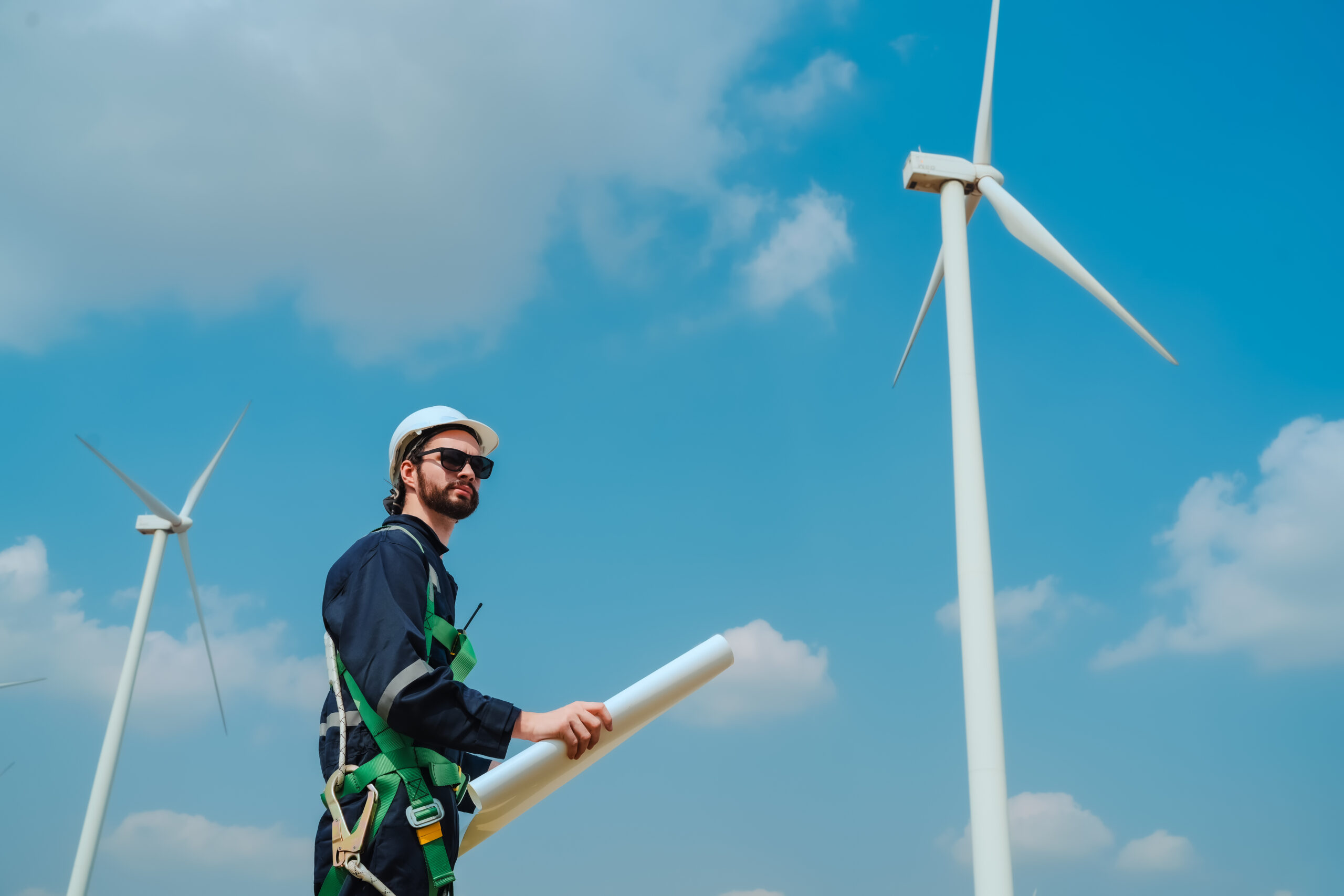By Tyler Pommier
When most people think about renewable energy, they often picture solar panels, wind turbines, or electric vehicles. And while all of that is true, what many don’t realize is just how much clean energy is fueling something else in the South: jobs.
As a renewable energy executive living and working in Baton Rouge, Louisiana, I’ve seen this shift up close. For decades, the Southern economy has been deeply tied to traditional energy industries like oil, gas, and coal. But in recent years, there’s been a major change happening—one that’s creating new opportunities, revitalizing communities, and helping build a more resilient economy for future generations.
Let’s break down how renewable energy is driving job growth in the South, and why this movement matters more than ever in 2025.
A New Kind of Energy Boom
The South has always been a major player in the energy industry, but now we’re seeing a different kind of boom. Solar farms are spreading across open fields in Georgia and Texas. Wind turbines are rising in parts of Oklahoma and the Gulf Coast. Even small towns in Mississippi and Alabama are exploring battery storage and microgrid projects.
These clean energy developments aren’t just reducing carbon emissions—they’re creating a surge of new jobs. From electricians and solar installers to engineers, construction crews, and operations managers, the demand for skilled labor is growing fast.
The numbers tell the story: renewable energy jobs are growing at a faster rate than fossil fuel jobs, and many of them are being created right here in the South.
Good Jobs, Close to Home
One of the biggest benefits of renewable energy job growth is that it creates opportunities where they’re needed most. Many clean energy projects—especially solar and wind—are built in rural areas. That means people in smaller towns and counties are getting access to steady, well-paying jobs without having to move away.
A solar farm doesn’t just need panels. It needs land developers, project managers, installation teams, maintenance staff, and support services. These are often long-term jobs that boost the local economy and offer a stable income.
Even better, a large number of these jobs don’t require a four-year degree. Trade skills, vocational training, or certification programs are often enough to get started in the industry. That’s a game-changer for people who want to build a career without taking on student debt.
Training the Next Generation
With the rapid growth of renewable energy, there’s also a growing need for education and training. Across the South, more community colleges and technical schools are adding clean energy programs. These schools are teaching students how to install solar panels, maintain wind turbines, and work with battery storage systems.
Companies like mine are also partnering with workforce development groups to create apprenticeship and job placement programs. These programs are especially important in communities that have lost jobs due to coal plant closures or oil market downturns. By giving people a new path forward, we’re not just building a clean energy future—we’re giving individuals and families the tools to succeed in a changing economy.
Diversity in the Workforce
Another exciting part of the clean energy movement is its potential to open doors for more people. Historically, energy jobs haven’t always been accessible to everyone. But as the renewable sector grows, we’re seeing efforts to create a more inclusive workforce.
Organizations and companies are working hard to recruit and train workers from underrepresented communities—whether that means women in trades, veterans returning to civilian life, or young people looking for their first career. Diversity brings fresh ideas and new perspectives, and it strengthens the entire industry.
In 2025, I’m proud to see more emphasis on equity in the clean energy workforce. It’s not just the right thing to do—it’s the smart thing to do.
Local Businesses and Economic Boosts
The ripple effect of clean energy job growth doesn’t stop with those working directly on projects. When a solar farm goes up or a wind project breaks ground, it also brings business to local restaurants, supply stores, hardware shops, and hotels. Local contractors are hired. Equipment is rented. Materials are purchased.
This kind of economic activity is especially impactful in smaller towns that may have been overlooked in the past. Renewable energy brings more than electricity—it brings life back to local economies.
Challenges to Overcome
Of course, this growth doesn’t come without challenges. We still face policy barriers in some Southern states that make it harder to expand clean energy access or offer strong incentives. There’s also a need to continue building public understanding and support for renewable energy projects.
But the momentum is on our side. The more success stories we share—and the more people who see clean energy creating real jobs—the faster those barriers will come down.
Final Thoughts
For me, renewable energy is about more than reducing emissions or hitting climate goals. It’s about building communities that thrive. It’s about offering good-paying jobs to people who want a better future. It’s about replacing uncertainty with opportunity.
Here in the U.S. South, we have the land, the talent, and the drive to lead this transition. And with every solar panel installed or wind turbine turned, we’re not just powering homes—we’re powering careers, families, and progress.
As someone who cares deeply about both innovation and community, I can say with confidence: renewable energy isn’t just the future of power—it’s the future of work in the South. And that’s something we should all be excited about.
